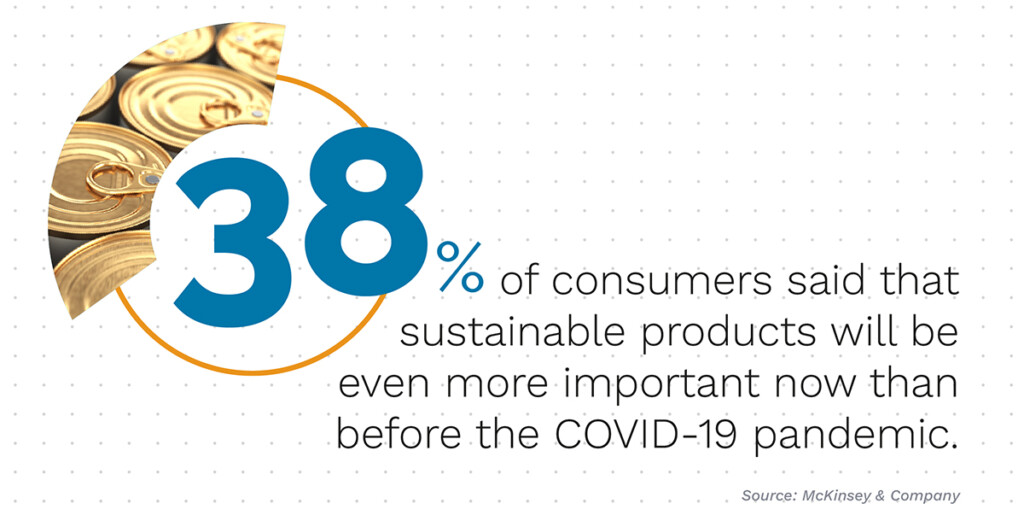There’s no doubt that Artificial Intelligence is a powerful tool, especially when applied to data-rich and intensive analytical processes such as supply chain management. AI does more than just collate a multitude of data. It helps customers identify hidden relationships and anomalies within their data, unveiling insights that allow a deeper understanding of their supply ecosystem. Imagine having a tool that not only processes data from various sources to present a comprehensive summary of risks and suggested mitigation actions but also does this in a fraction of the time it would take a human. AI achieves this while constantly processing real-time data and considering historical data. It’s not merely a gimmick—it’s the solution supply chain managers have been eagerly anticipating.
AI is great at identifying patterns and helping supply chain managers spot potential gaps. In the ever-present quest to create supply chains that are not only efficient but sustainable, the ability to continuously improve supply chain management is priceless. Of course, supply chain managers will want to monitor emerging and inherent risks, ranging from climate change to geopolitical events. However, using AI to work towards a greener supply chain will not only help maximize efficiencies, but will also minimize the risk of non-compliance to Environmental, Societal, and Governance (ESG)-focused legislations around the world. Plus, it may even help your reputation with consumers as well!
Sustainability in supply chains
There’s been a big push for sustainability in supply chains, spurred by public interest and by legislative means. But regulation and reputation alone aren’t the only reasons why you should be reforming your supply chain to be as sustainable as possible.
 Figure 1 – Sustainable products are more important following the COVID-19 pandemic than prior
Figure 1 – Sustainable products are more important following the COVID-19 pandemic than prior
Sustainability refers to a broad range of issues within supply chains, from environmental to societal concerns, such as fair pay, to fair and transparent governance. Each of these elements represents a risk within every global supply chain. Unexpected or unusual climate events, for example, can delay shipments of materials or products. Or, if your company is unknowingly found to have modern slavery practices within your value network, you could be facing severe fines and blocks to trading. Finally, poor governance can lead to a loss in trust, which is key in conducting business.
Of course, prioritizing sustainability within your supply chain isn’t all about avoiding the negative consequences. In fact, prioritizing sustainability can help you maximize efficiency throughout your supply chain. For example, you may decide to fully map your value network, down to your n-th tier supplier, to ensure that you’re aware of any instances of modern slavery, perhaps to ensure compliance to a global regulation. Having this full understanding of your supply chain will also keep you aware of any hiccups within your supply chain that could cause downstream effects.

 Figure 2: Everstream Analytics engine of AI and ML to generate actionable intelligence
Figure 2: Everstream Analytics engine of AI and ML to generate actionable intelligence